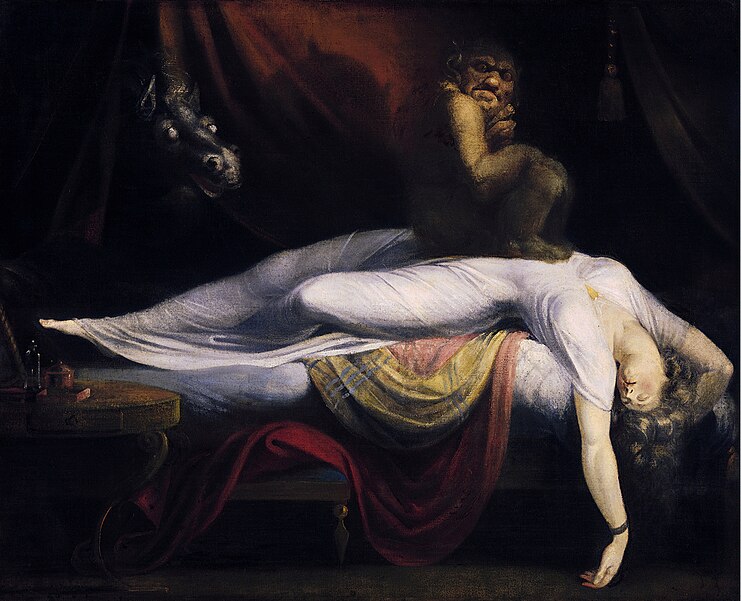There is a Scottish legend that speaks of a terrifying giant that lives atop Ben Macdui, the second highest peak in Britain. Am Fear Liath Mòr (Gaelic for “Big Grey Man”), is describes as a gigantic, dark figure with a fuzzy appearance. It is said to inspire a feeling of fear, eeriness and apprehension. It has been sighted by multiple lone climbers exploring the peaks of Ben Macdui.
Am Fear Liath Mòr has been classically described as a supernatural being, rather than a cryptid such as Bigfoot or the Yeti. However, there is an even more interesting and scientifically plausible explanation. Am Fear Liath Mòr is the climber themselves.
As poetic as this sounds – that you are confronted by a gigantic shadow of your inner self at the top of a misty mountain – it is a well-documented phenomenon known as a Brocken spectre.
This happens when the sun is at an angle, shining from behind the observer into mist or fog at the top of a peak. A shadow is cast and appears magnified because of the vast distance between the observer and the fog. Because the background is a fog with little feature, the observer loses their depth perception and see an ill-defined, massive being. The rippling of the water droplets, wind and the observer’s own movements all contribute to the shape appearing alive.
Furthermore, there are many factors that would cause the eeriness commonly reported by people who witness a Brocken spectre. Winds echoing through a pass tend to create very low-frequency sounds that cause uneasiness in people. There is likely a large psychological component as well, as the climbers tend to be alone in a dark mountain, while fatigued from their long climb.
Brocken spectres are a classical example of just how awe-inspiring natural phenomenon can be, especially after understanding the scientific principle behind them.




